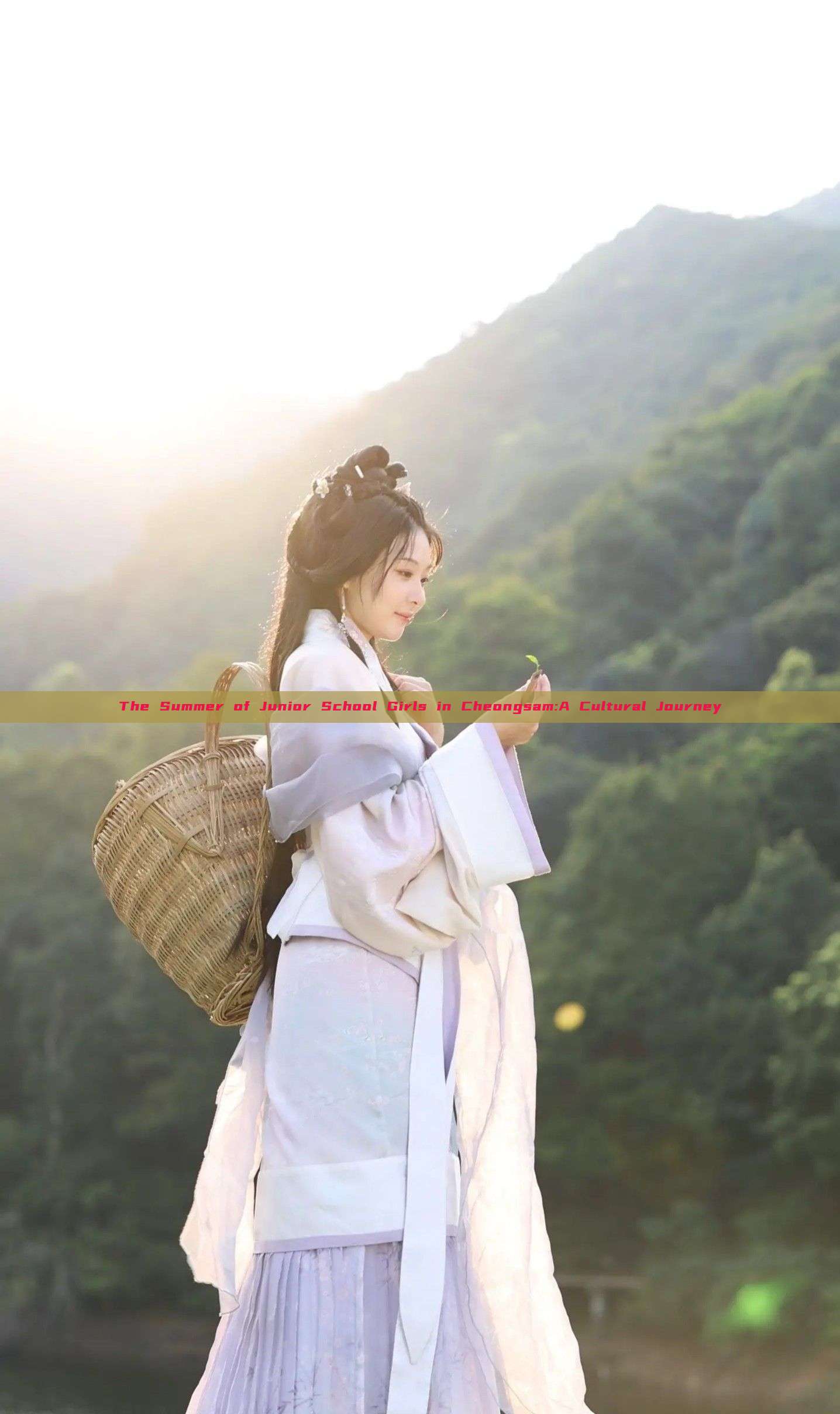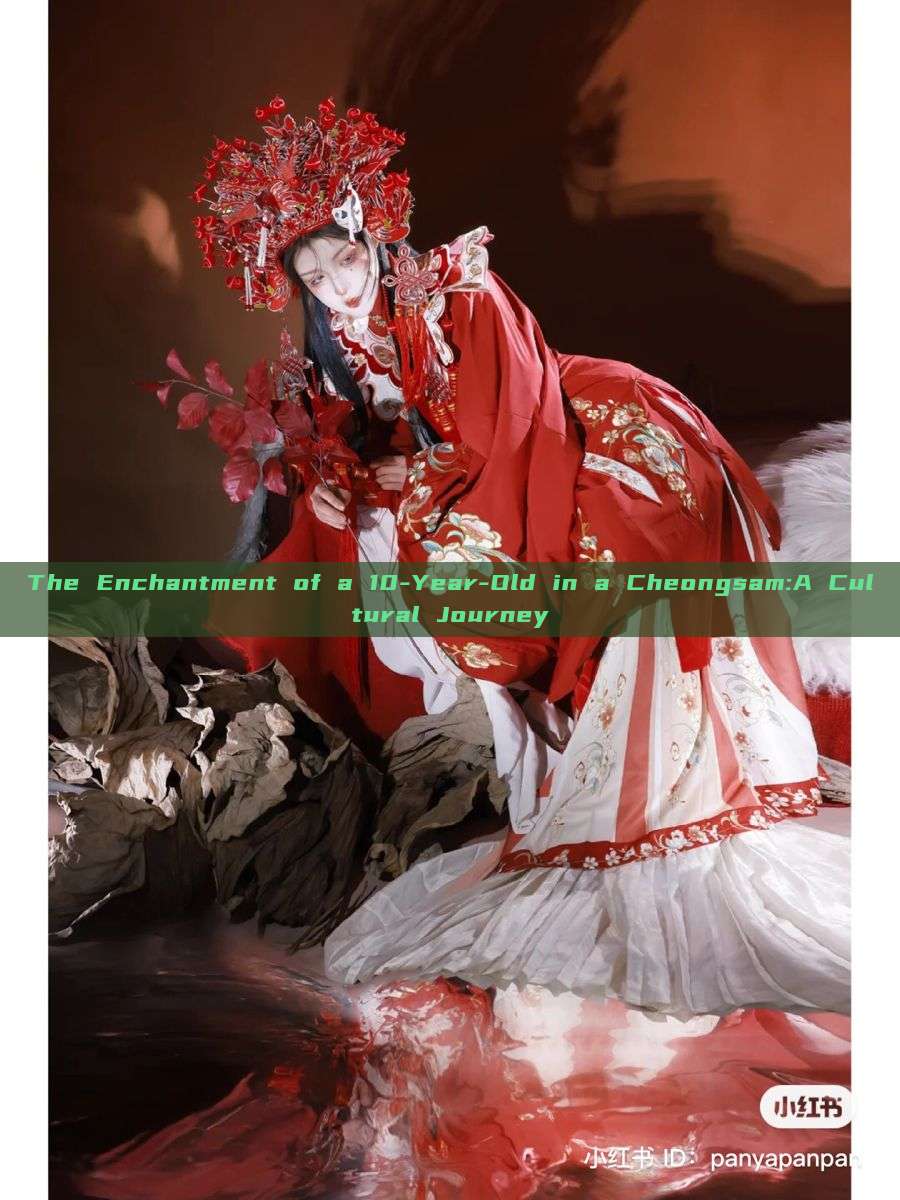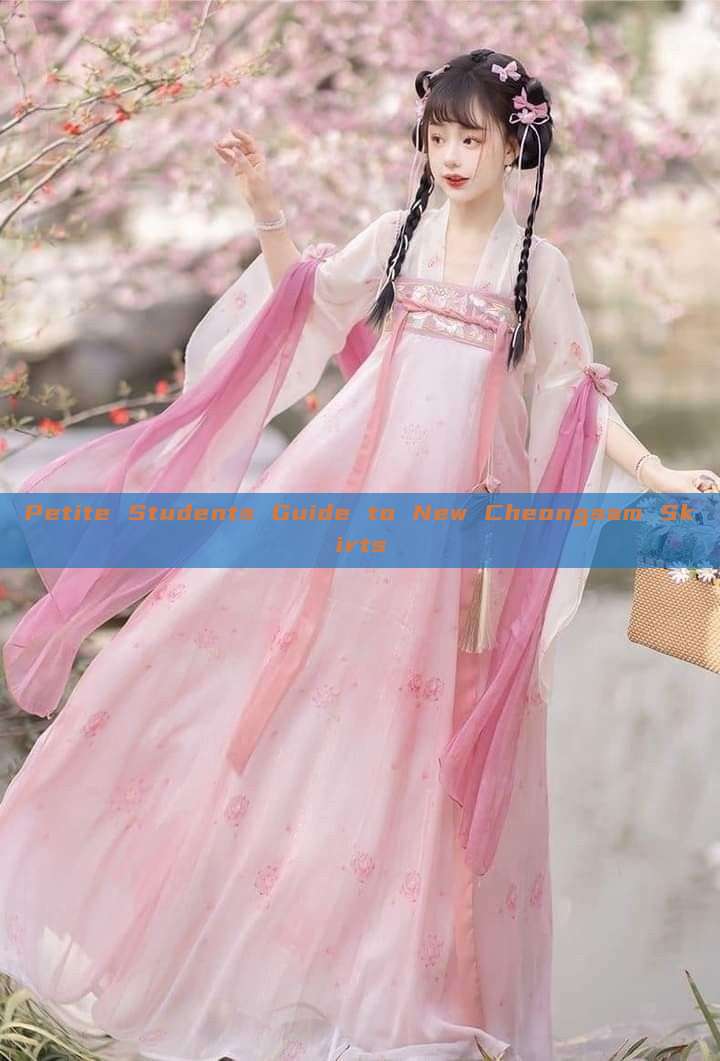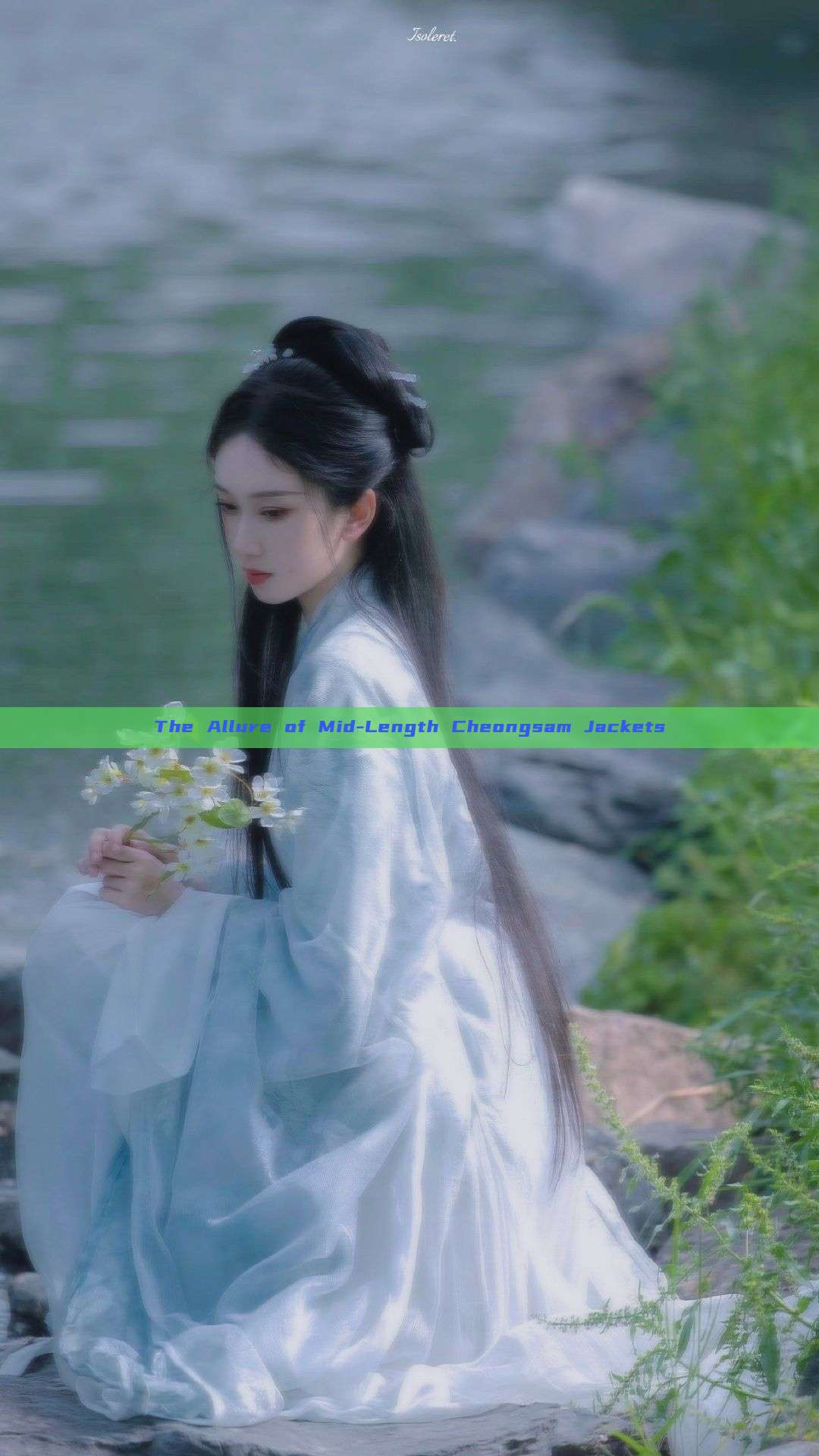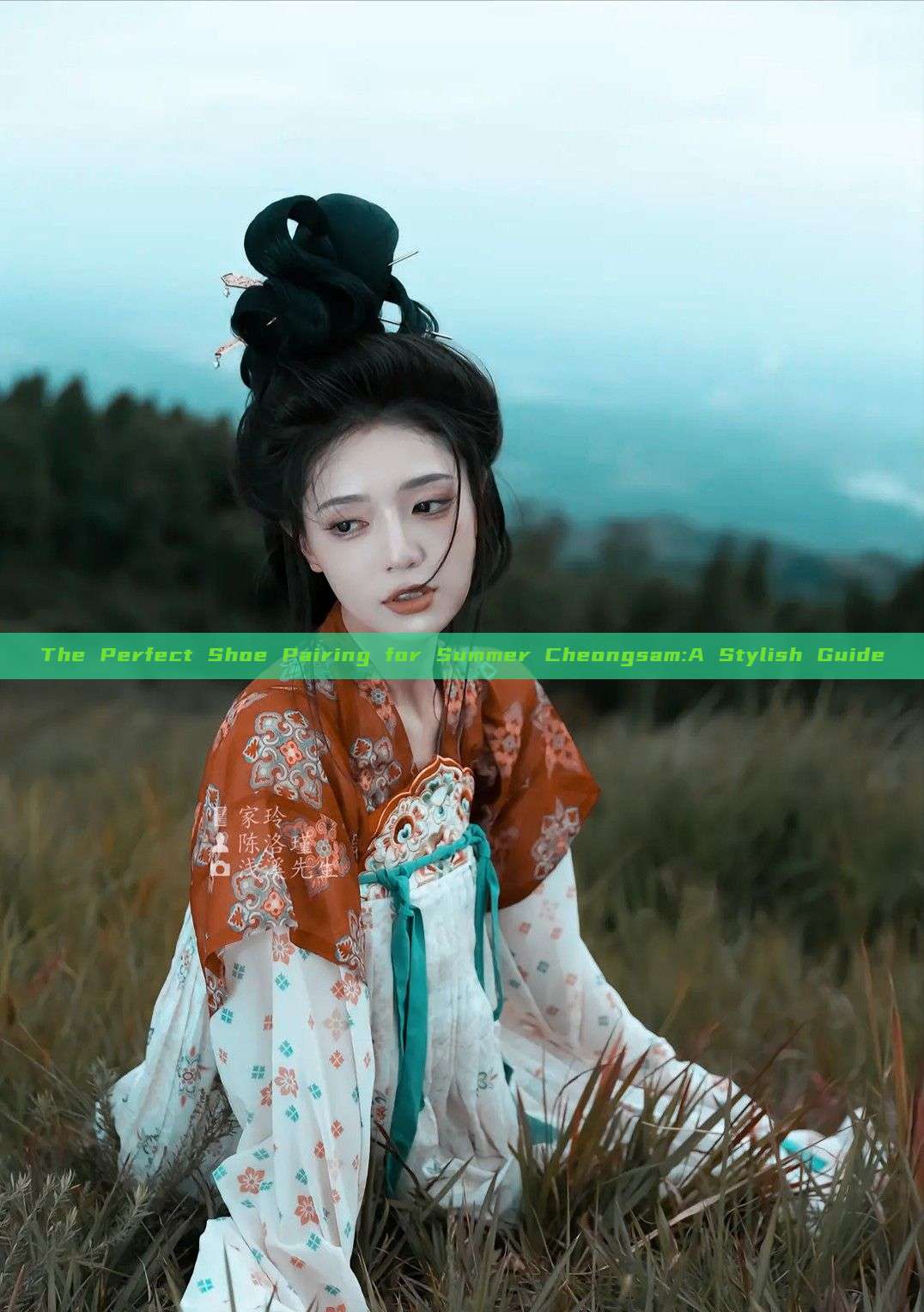In the realm of traditional Chinese fashion, the Cheongsam (also known as a qipao) stands as a symbol of elegance and cultural pride. As a photographer, capturing the beauty of this garment in photographs is an art that requires not only technical expertise but also an appreciation for its rich cultural heritage. The choice of background cloth plays a pivotal role in enhancing the overall aesthetic and conveying the essence of the qipao.
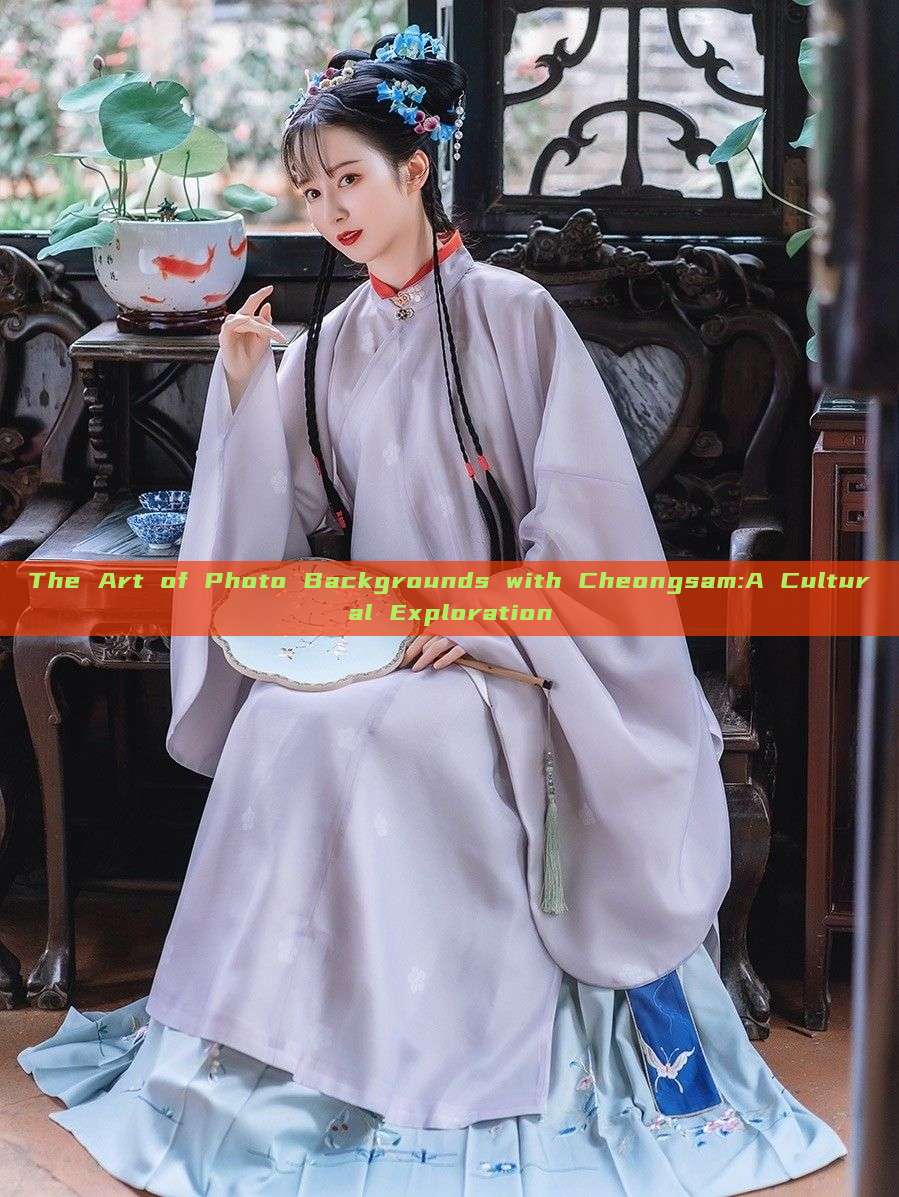
The art of qipao photography is not just about capturing the garment's intricate details and patterns but also about creating a harmonious interplay between the subject and its surroundings. The background cloth acts as a canvas where the story of the qipao is further told and interpreted.
When selecting a background for qipao photography, it's essential to consider the theme and style of the shoot. For instance, a traditional Chinese setting calls for a background that reflects classical elements like Chinese calligraphy, landscape paintings, or traditional patterns like cloud patterns or dragon motifs. These elements not only complement the intricate designs of the qipao but also evoke a sense of cultural authenticity.
Moreover, modern themes can also be explored by using contemporary backgrounds that blend traditional elements with modern designs. For instance, a sleek and minimalistic background can provide a stark contrast to the intricate details of the qipao, creating a modern yet traditional aesthetic.
The color of the background cloth is also crucial. It should complement the color of the qipao and enhance the overall mood of the photograph. For instance, a deep red background can evoke a sense of drama and elegance, while a soft blue or white background can provide a serene and classic setting.
The material of the background cloth is also important. A soft, lightweight cloth can provide a more natural and fluid backdrop, while a heavier cloth can provide a more solid and structured setting. The texture of the cloth can also add depth and interest to the photograph, creating a more three-dimensional feel.
In addition to the visual elements, proper lighting is crucial for qipao photography. The right lighting can enhance the beauty of the qipao and make the background stand out. Different lighting techniques, such as natural light, artificial light, or mixed lighting, can create different effects and moods.
Lastly, it's essential to consider the pose and expression of the subject in relation to the background. The background should enhance the subject's beauty and pose, rather than overshadowing it. The subject should feel comfortable and natural in front of the camera, allowing their personality to shine through while wearing the qipao.
In conclusion, the art of qipao photography lies in the intricate interplay between various elements, including background cloths, lighting, poses, and subjects. By carefully selecting and arranging these elements, photographers can create stunning photographs that not only showcase the beauty of the qipao but also evoke a sense of cultural pride and authenticity.

